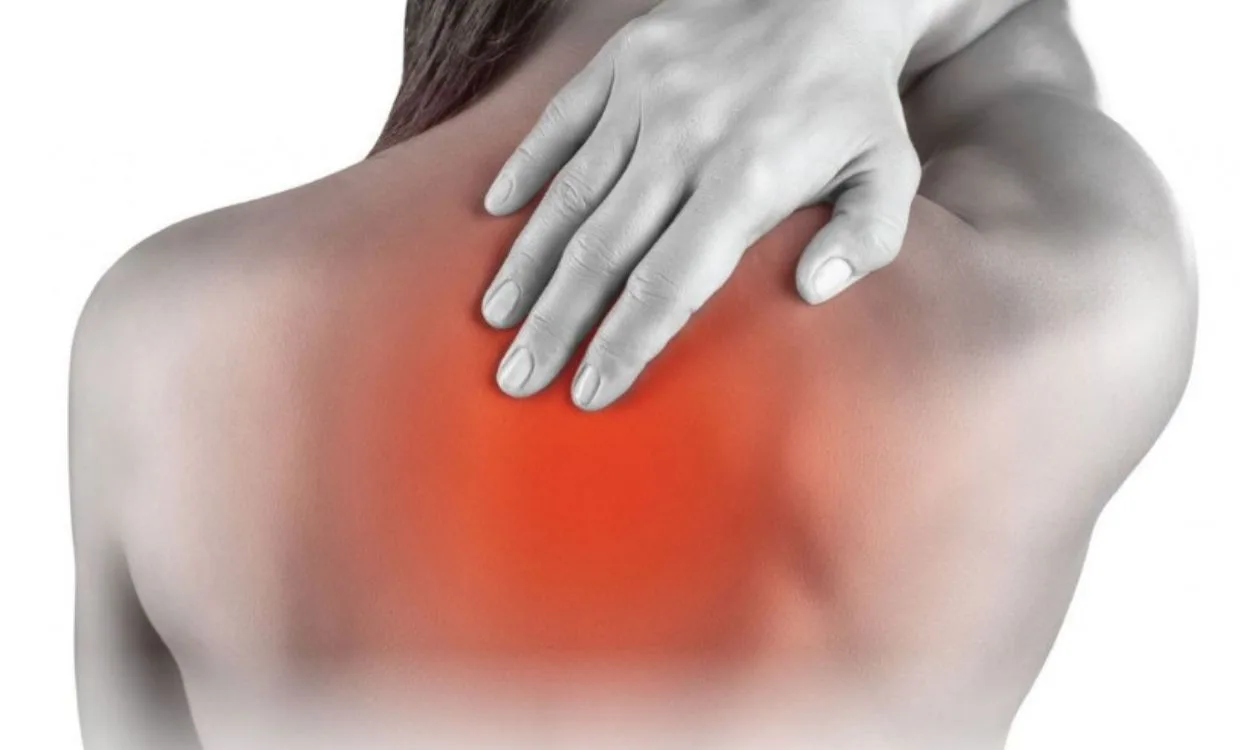What are the symptoms of upper back pain?
Upper back pain, also known as thoracic back pain, refers to discomfort or pain that occurs in the area between the base of the neck and the bottom of the ribcage. This type of pain can be caused by various factors, including muscle strain, poor posture, spinal problems, or underlying medical conditions. Understanding the symptoms associated with upper back pain can help individuals identify and address the underlying causes.
Here are some common symptoms to look out for:
- Pain and stiffness: Upper back pain is often characterized by aching or throbbing sensations in the affected area. The pain may be constant or intermittent and can range from mild to severe. Stiffness and tightness in the muscles of the upper back are also common symptoms.
- Limited range of motion: Individuals with upper back pain may experience difficulty in moving their neck, shoulders, or upper back. This limited range of motion can make it challenging to perform daily activities or engage in physical exercise.
- Muscle spasms: Spasms, or involuntary muscle contractions, can occur in the upper back, causing sudden and intense pain. These spasms may be triggered by muscle strain, overuse, or underlying musculoskeletal conditions.
- Radiating pain: Upper back pain can sometimes radiate to other areas of the body, such as the shoulders, arms, or chest. This radiating pain may be a sign of nerve compression or irritation in the upper back.
- Postural changes: Poor posture is a common cause of upper back pain, and individuals may notice changes in their posture as a result of the discomfort. Rounded shoulders, slouching, or a hunched back are common postural changes associated with upper back pain.
- Numbness or tingling: In some cases, upper back pain may be accompanied by sensations of numbness or tingling in the arms or hands. This may indicate nerve involvement or compression in the upper back region.
- Headaches: Upper back pain can contribute to tension headaches or migraines. The muscles in the upper back and neck are connected, and tension or strain in one area can lead to referred pain in the head.
It is important to note that these symptoms can vary from person to person, and the severity of the pain may also differ. If you are experiencing persistent or worsening upper back pain, it is advisable to seek medical attention for a proper diagnosis and appropriate treatment.
Now that you are aware of the symptoms of upper back pain, it’s essential to take steps to address the discomfort and improve your overall well-being. Fitpaa, an AI-driven health and fitness app, can assist you in managing and reducing upper back pain while promoting a healthy lifestyle. With Fitpaa’s personalized approach and team of experts, you can benefit from the following:
- Metabolism Assessment: Fitpaa’s advanced technology can assess your current metabolism and identify the root cause of your upper back pain. This assessment helps in designing a personalized plan to address your specific needs.
- Fitpaa Capsule: Once the metabolism assessment is complete, Fitpaa provides a personalized Fitpaa Capsule comprising medical therapy, exercise therapy, nutrition therapy, and cognitive behavior therapy. This comprehensive approach optimizes your metabolism, aids in pain relief, and promotes overall well-being.
- Real-time Guidance: Fitpaa’s real-time guidance technology incorporates cognitive behavioral therapy techniques to provide timely nudges, habit-building strategies, and purpose-finding activities. This guidance keeps you motivated and inspired to follow your personalized plan effectively.
- Fitness Planner: Fitpaa offers unlimited consultations with a fitness planner who can provide ongoing support, motivation, and guidance to help you achieve your health and fitness goals, including pain relief from upper back pain.
With Fitpaa, you can take control of your health, manage upper back pain, and improve your overall well-being. Download the Fitpaa app today and start your journey toward a pain-free and healthy life.









